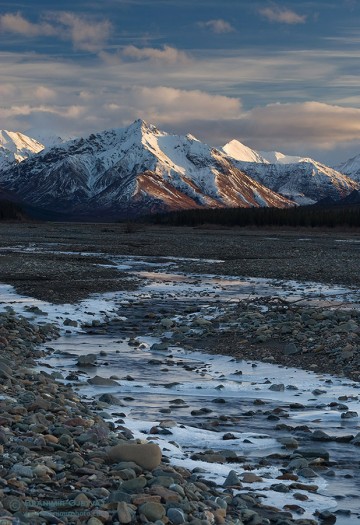After eight years of persistent work by members of The Wilderness Society and prominent members of conservation community in the United States, and more than 60 working drafts, President Lyndon B. Johnson signed into law the Wilderness Act on September 3, 1964. This historic act created a formal mechanism for designating wilderness and created the National Wilderness Preservation System. The initial wilderness areas designated in the Act covered 9.1 million acres (37,000 square kilometres) of national forest wilderness areas in the USA previously protected by various administrative orders. Today, the NWPS consists of 109.5 million acres of federally owned land protected “for the benefit of the American people”.
The 1964 Wilderness Act solidified the definition of “wilderness” as areas where the earth and its life communities are unchanged by people, where the primary forces of nature are in control, and where people themselves are only visitors. In similar fashion, many nations around the world define wilderness areas as places where development and extensive human changes are prohibited.
The world wilderness derives from the notion of “wildness” – that of which is not controlled by humans. There is a long-standing paradox: the idea of wilderness includes a vision in which humans are entirely outside of the natural world, a vision of un-worked, un-touched natural landscapes. The “pure wilderness” ethic might lead people to dismiss areas whose wildness is less than pristine. To the contrary, many natural areas are, or have been, inhabited or influenced by the activity of people. This state does not, and should not, preclude them from being considered “wild”. Think of natural places in our cities: each squirrel that jumps between branches, each tree that lines an avenue embodies its own “wildness”.
When President Johnson signed the Act in 1964, he made the following statement:
“If future generations are to remember us with gratitude rather than contempt, we must leave them a glimpse of the world as it was in the beginning, not just after we got through with it.”
Fifty years later, Americans remember, celebrate and honour this legislation with a wide array of activities. The 50th Anniversary National Wilderness Planning Team (Wilderness50), a coalition of federal agencies, non-profit organizations, universities and other wilderness user groups has been created to plan and organize local events designed to make the idea of wilderness and wilderness protection better know to the public. Events of interest include the Smithsonian Wilderness Forever photography exhibition and the National Wilderness Conference scheduled for mid October 2014.

River and mountain range in the wilds of Alaska (where more than half of the US wilderness areas are located)
Happy 50th anniversary!


